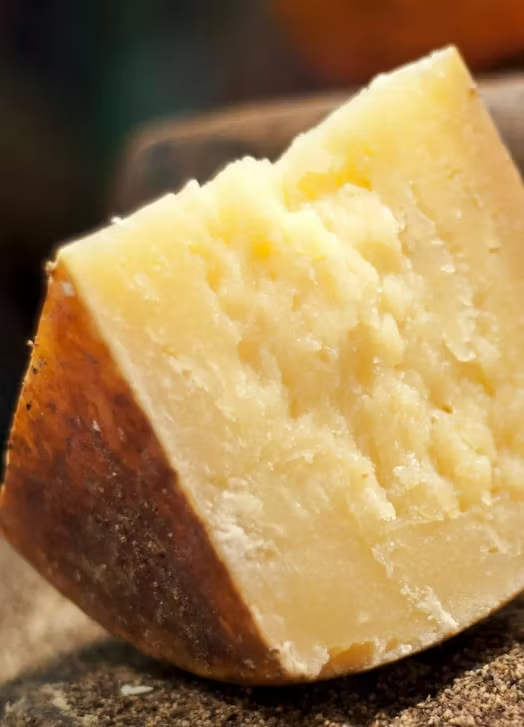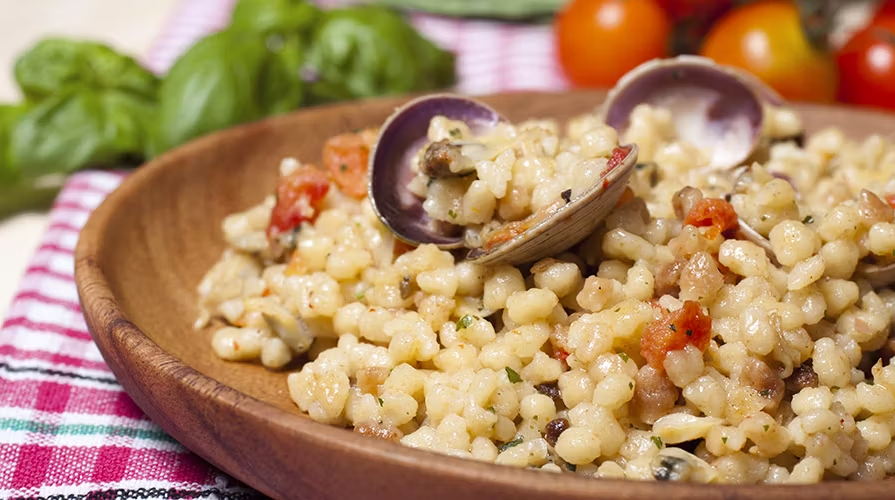
6 Sardinian Flavors To Sample On Your Next Yacht Charter
The vibrant tapestry of flavors found in Sardinian cuisine is a testament to its rich cultural heritage. Influenced by a blend of Italian, Spanish, and North African culinary traditions, the island's gastronomy offers an enticing journey for the palate.
Drawing from an abundance of locally sourced ingredients such as pecorino cheese, fresh seafood, and aromatic herbs, Sardinian dishes embody centuries of culinary evolution, resulting in a harmonious fusion of flavors. For epicureans in search of an exceptional dining experience, Sardinian cuisine promises to captivate with its distinctive blend of culinary heritage.
Fregula
Originating from southern Sardinia, fregula is a type of pasta made from tiny pellets of durum wheat semolina. It has gained popularity all over the island, appearing on menus at various restaurants. Its resemblance to North African couscous reveals the influence of foreign cuisine on Sardinia's gastronomy.
Typically, fregula is enjoyed with seafood, most commonly with locally sourced clams and flavored with aromatic saffron. Its nutty and chewy texture comes from the traditional method of hand-rolling and toasting the wheat pellets. While usually served as an appetizer, fregula con arselle - fregula with clams - can also make a satisfying light lunch, especially on a warm day. To fully appreciate this dish, it's best to pair it with a chilled glass of white wine from Sardinia.
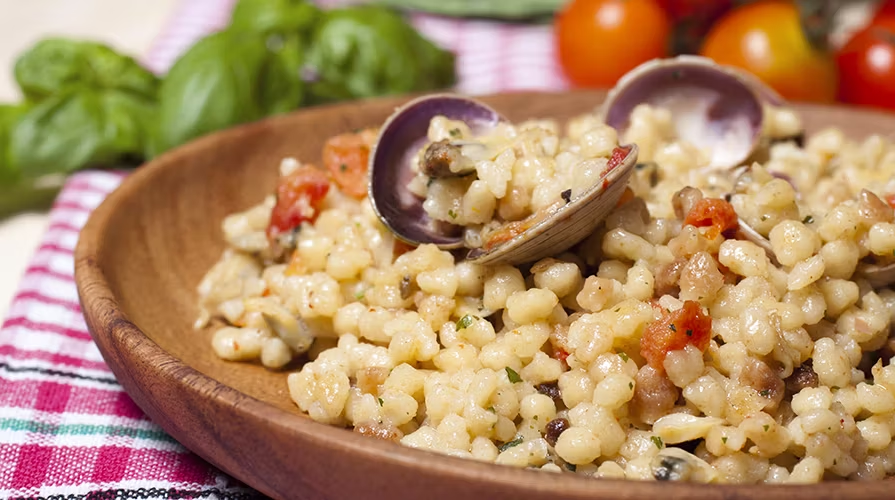
Bottarga
Local residents in Sardinia affectionately refer to bottarga as the "gold of Sardinia" due to its versatility in cooking and its importance to the culture. This delicious, cured fish roe, usually sourced from grey mullet found in Cabras Lagoon, is also known as "Mediterranean caviar".
Some regions in Sardinia also use roe from tuna for its stronger taste. After a time-consuming curing process, bottarga takes on a dense, beautiful amber color and is grated over dishes like salads and pasta, much like parmesan or truffle. Its intense, savory flavor brings a taste of the sea to dishes like tagliatelle di calamaro (squid tagliatelle) and is often paired with creamy burrata cheese.
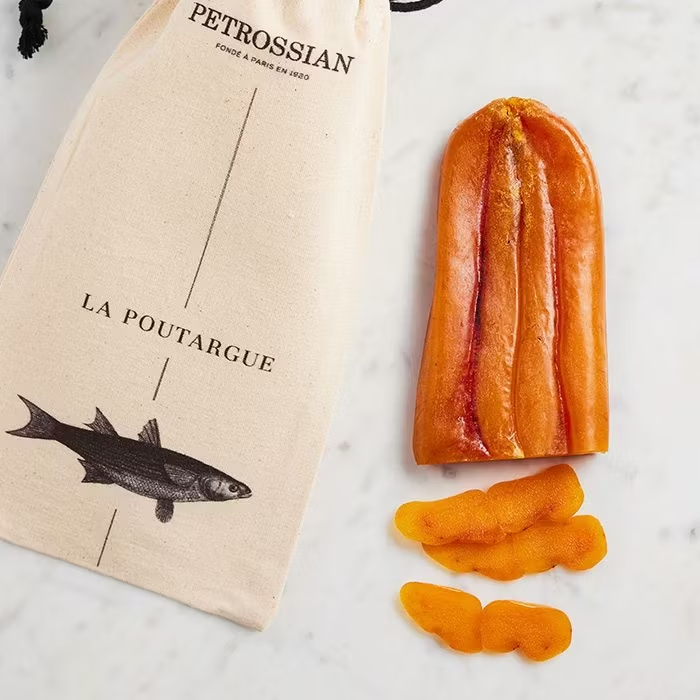
Culurgiones
In Sardinia, you will find a unique variation of ravioli called culurgiones. These large dumplings typically consist of a filling of mashed potato and pecorino cheese enhanced with a hint of mint and are cooked by lightly boiling. They are a hearty and substantial first course and are commonly accompanied by a plain tomato sauce.
Culurgiones are a specialty of the Ogliastra region in eastern Sardinia, therefore they are a staple on most restaurant menus in this area. If you are in Porto Cervo, try Quattro Passi al Pescatore, or in Cagliari, Niu offers delicious and vibrant cullurgiones packed with either fish or vegetables.
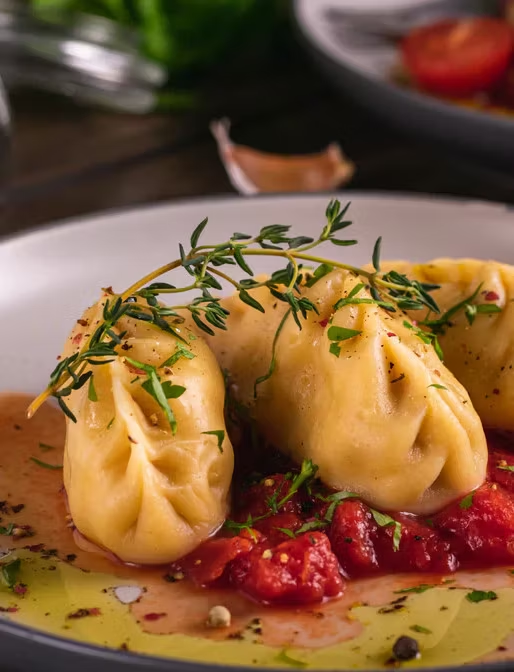

The Mediterranean is truly a place like no other, and a yacht vacation in this region is an experience that is unparalleled.
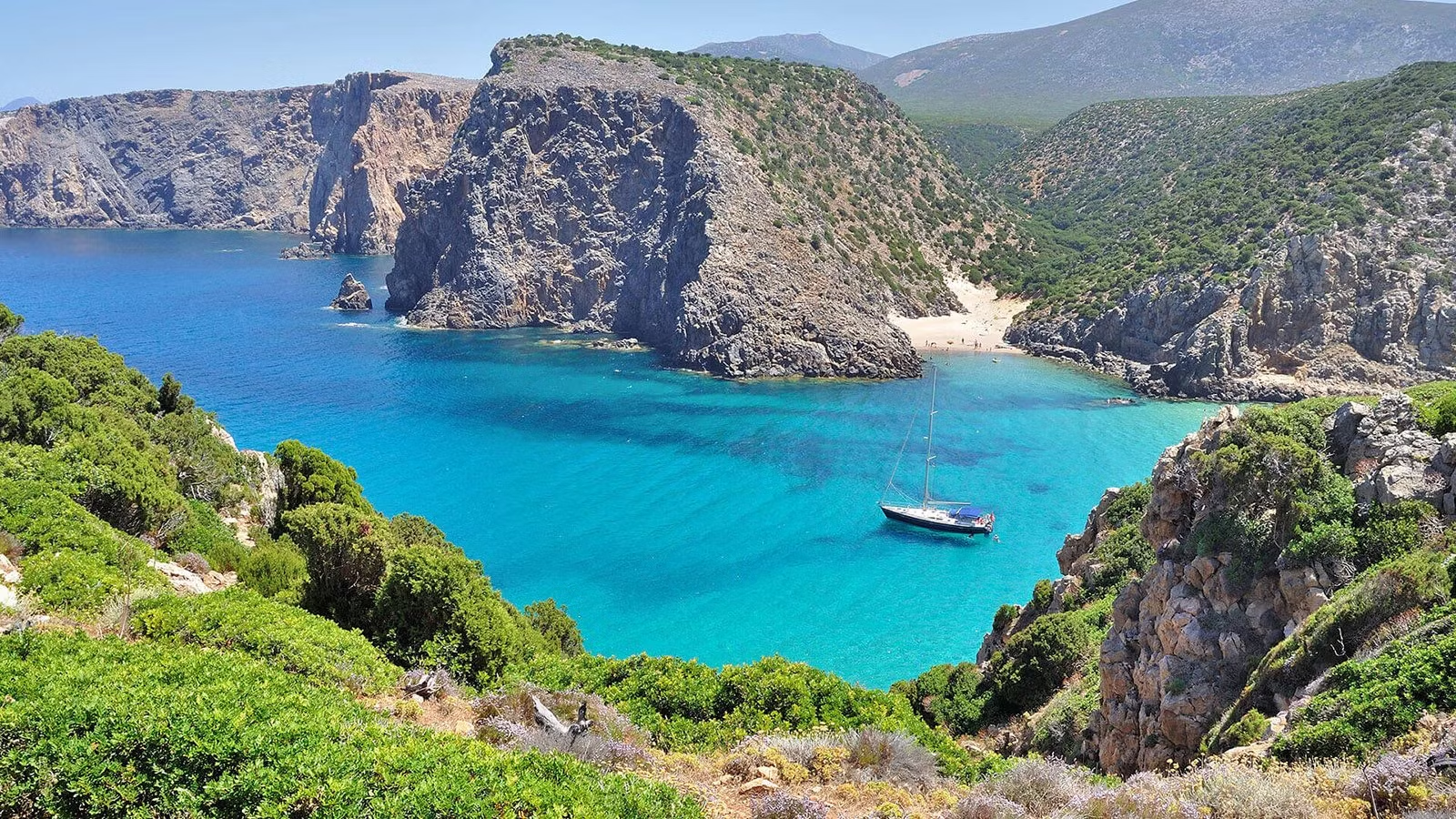
From Venice to Naples, Rome to Sardinia, Italy has so much to offer as a sailing destination, and a Sardinia yacht vacation is the top choice for many charterers.

Let us create your bespoke yacht charter experience. IYC has access to all yachts for charter globally, including superyachts, megayachts and luxury sailing yachts.
Seadas
Seadas can be found in many local eateries and bakeries. This indulgent dessert features a semolina crust and a heavenly filling of pecorino cheese and zesty lemon.
The finishing touch is a delectable fry and a generous drizzle of honey. Don't miss the chance to taste this one-of-a-kind dish at renowned establishments like Blù in Golfo Aranci or Niu in Cagliari.

Pecorino Sardo
One of the highlights of the island is its assortment of delectable cheeses. They are crafted from the milk of cows, sheep, and goats, each with a unique regional twist. A standout option is Pecorino Sardo, also known as Fiore Sardo, a hard cheese that boasts a delightfully salty and nutty flavor. Perfect for pairing with pasta dishes or a glass of Malvasia di Bosa.
In the western region, near Oristano, you'll find the distinctive pear-shaped Casizolu cheese, made from stretched-curd cow's milk. Its aged and slightly grassy and spicy taste makes for a delicious addition to any meal or even as a filling for the traditional seadas dessert.
